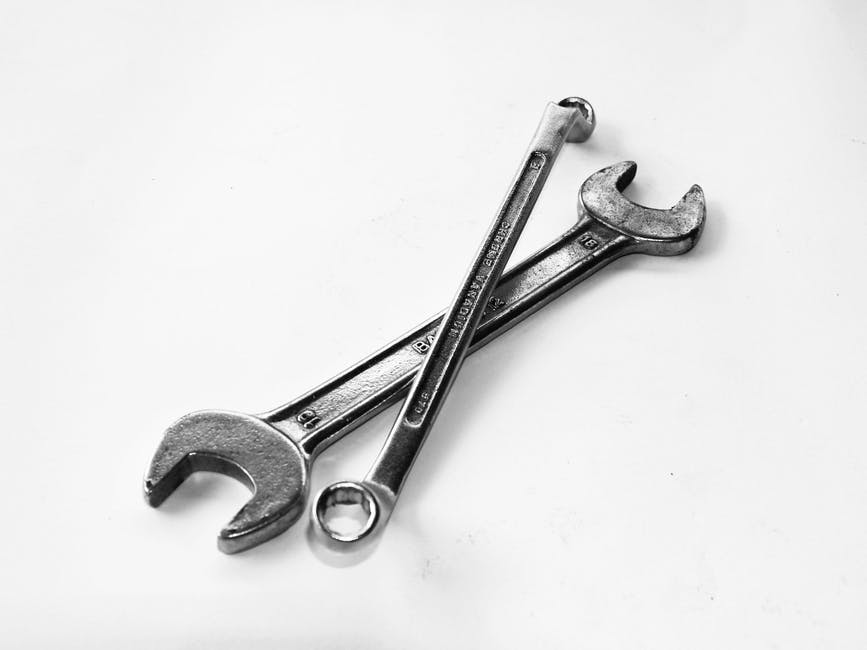Whenever your check scanner fails, your first thought may be that your system is wearing out. While that could be the case in some circumstances – it’s a fact that the Magnetic Ink Character Recognition (known as MICR, which is the magnetic ink that encodes account and routing information at the bottom of checks and money orders) head will eventually wear out, with most scanners being capable of about 500,000 over a given lifespan – more often than not, there’s a simple fix to get your check scanner up and running again.
If you’re experiencing a higher-than-normal failure rate for your check scanner, and find yourself having to enter data manually more and more, here are some common fixes that you can try out for yourself.
Before You Start
The way your scanner is currently function depends heavily on the amount of use it has received up to this point. As good practice, you should keep track of how many checks you scan. If you’re in a heavy-use situation, your device may be ready for MICR head replacement, or an entire system overhaul. If you’re in a light-use situation, you should investigate some underlying causes before spending the money on repairs or a new scanner.
Identifying the Cause
In most cases, scanner malfunctions are caused by hard-to-read documents, such as those checks with weak or no magnetic ink, crumpled, folded or otherwise physically damaged checks, and misaligned MICR character spacing.
Sometimes, however, it could be something as simple as an improper feed by the user. These preventable causes of malfunctions may include:
- Misaligned documents in the feeder
- Documents inserted improperly, either backwards or upside-down
- Dust or particles on the read head
- Accidental double-feeds
When it comes to these problems, you can conduct a short staff training exercise or try cleaning the device to reduce the number of problems. Now that you know some of the common causes of check scanner malfunction, here are a few simple fixes to get your finances back on track.
5 Fixes for Check Scanner Malfunctions
1) Train your staff on proper use of your check scanning system
A proper feed is imperative to getting a document scanned properly. Go over this with existing staff and new hires alike to ensure that your employees are properly aligning the checks before inserting them – if a check or money order is off even by a few centimeters, you could experience a malfunction or can’t-read error. Additionally, a check jogger can be of use when your document stacks are hard to align by hand alone.
2) Clean your scanner to get it running again
While you should be cleaning your scanner on a regular interval, normally once every 5,000 to 8,000 scans conducted, if your scanner is malfunctioning, a good cleaning is a necessity. Remove any dirt particles that are stuck to the rollers to help prevent double-feeds, and blow dust from the track to eliminate reading obstructions.
3) Understand your normal MICR failure rate to track health
To track the overall health of your check scanner, track the number of malfunctions you’re receiving over a defined period of time. If you you’re experiencing more errors than normal, you can take a look at the above possibilities and try cleaning it before replacing it completely.
4) Track your scan amounts from the first check
In addition to the malfunctions you’re receiving, track the overall number of scans you complete. If your scanner is approaching 500,000 scans, you may need to take a look at new scanners.
5) Call the Professionals at BankSystems Marketing
If you’ve tried the above and nothing seems to be working, give BankSystems Marketing a call. We’ve been the trusted leader in check scanning solutions for over three decades. We can help fix your scanner malfunction, or help pair you with a better scanner system overall. No matter what you need, our store offers the top products from the best brands in the industry.
Ready to get started? Get in touch with our dedicated staff today!

[…] are some common check scanner fixes which people can try to fix the problem in their check scanners such as […]
Thank you for your scanner fixes. We are getting a new scanner in the office soon and I have been wondering what we should do if it starts acting up. I’m glad you mentioned we should preform a cleaning every 5,000 to 8,000 scans. We will have to keep that in mind for our new scanner.